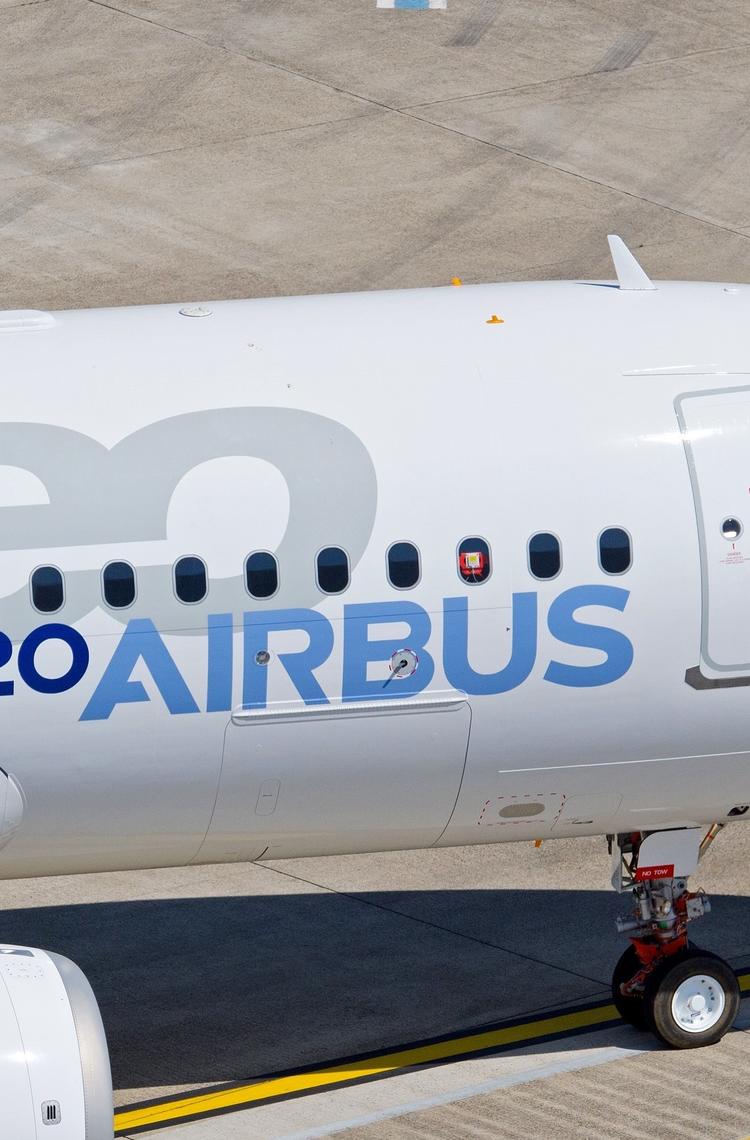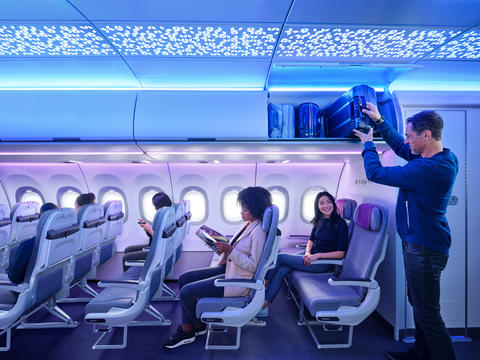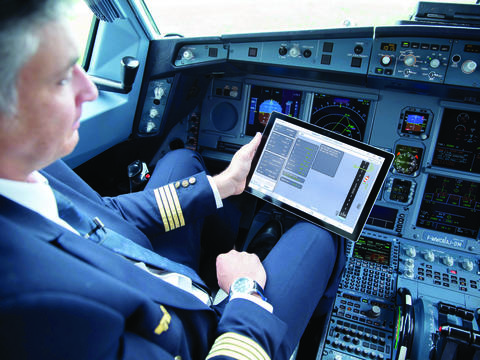BUILT-IN MARKET RESILIENCE
The A320neo Family is the best suited aircraft to easily adapt to market fluctuations and react to new route opportunities, offering airlines the versatility they need for their operations.
A variety of sizes and ranges
The A320neo Family is one aircraft in three sizes (A319, A320 and A321), representing the most successful and versatile jetliner family ever. Seating from 120 to 244 passengers and with ranges covering short and long range routes of up to 4,700nm.

The all terrain single-aisle aircraft
From the heat of the desert to icy Antarctic runways, or from short runway urban environments to remote high-altitude airports, or even major hubs like LAX and more challenging airports like Santos Dumont, the A320 can take passengers anywhere.
The A320’s versatility converts into a remarkable advantage for operators who can use the aircraft to adapt to any of their business needs. A320s are traditionally flown on routes ranging from 45mins, right up to 6 hours.
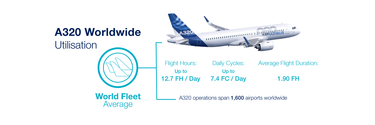
Commonality by design
As with all Airbus aircraft families, commonality with the A320 Family is a key advantage for operators to easily adapt to market needs and take full profit from market opportunities.
The integration of an A320neo into an A320ceo fleet is simplified by the Airbus Commonality, remaining a low cost and fast operation with only half a day self-study for pilots and no difference training for engineers.
Equivalent benefits exist from commonality between A320neos and A321neos, with 95% airframe spares and 98% tooling in common.

In the face of the outstanding benefits which the A320 Family’s commonality brings, 77% of A320 operators today choose to take benefit of the family’s versatility by flying more than one model, allowing them to quickly and efficiently adapt to new route opportunities or market fluctuations.

A321 & A330 profitable partnership
A320 Family commonality also extends to the other Airbus Families. Airbus has developed and certified the CCQ and MFF concepts all over the world.
Cross Crew Qualification allows airlines to take advantage of the aircraft design similarities to optimise its staff’s training time by focusing on the few differences rather than doing the full training from scratch again.
Mixed Fleet Flying provides one more level of operational optimisation as it enables airlines to operate two Airbus aircraft families with the same pool of pilots, generating economies of scale.
Airbus is really good at cockpit commonality, so when we go to train a pilot between an A320 and an A330, it's a pretty easy step-up.
David Neeleman, JetBlue founder & TAP co-owner – from Business Insider
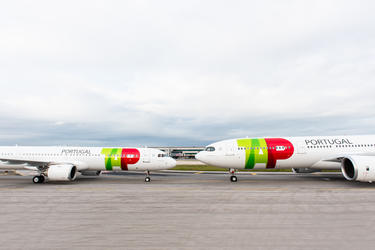
Although operational commonality’s most visible advantage is reduced training costs and optimised crew rostering, it is not limited to that and also generates value through network flexibility and optimisation.
For airlines which operate both A321s and A330s, the A321LR/XLR brings longer range with a smaller capacity, proving to be ideal for launching new routes or optimising capacity alongside the A330 on a seasonal basis. On the other hand, the A330neo’s widebody comfort, range flexibility and capacity make it optimal for maximising revenues during peak periods. The combination of the two aircraft types are a match made in heaven for operators to balance seasonal, weekly and even daily demand.
BUILT-IN PIONEERING INNOVATIONS
The A320 Family has evolved over the years from its pioneering roots to becoming the most successful aircraft Family today.
Meeting the essentials for a low-risk investment
With over 15,000 aircraft sold to over 300 operators, the A320 Family proves to be a solid base for investors.

A technology pioneer
The A320 Family was the first fourth-generation of commercial jets with flight envelope protection functions when it first entered into service in 1988 thanks to its use of fly-by-wire technology. Fly-by-wire technology is now industry standard and used on every Airbus model currently produced.
In addition to fly-by-wire, the A320 features many other innovations from day one, like a centralised maintenance system, containerised cargo capability and a larger fuselage for a larger passenger cabin.
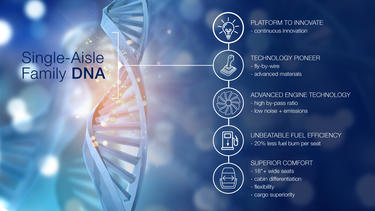
Constantly improving the Family
Taking advantage of a share of Airbus’ annual R&D expenses for its incremental developments, the A320 continues to further increase its efficiency for the benefit of its operators. The latest big leaps saw a 20% fuel saving versus the CEO and an increase in range of the A321 up to 4,700nm.
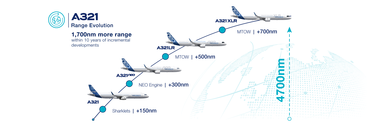
Latest addition to the Family: the A321XLR
The A321XLR is extending the single-aisle jetliner offer as Airbus’ next evolutionary step for the A321neo, with an entry-into-service planned for 2023. It will offer even more range – up to 4,700nm (8,700km) and open up new possibilities for airlines.
BUILT-IN DIGITAL SOLUTIONS
Leverage the A320 Family’s potential by taking its exceptional features a step further while digitalising airline operations.
Unleashing the power of data with Skywise
One of the pillars of the continuous improvements developed to future-proof the A320 Family relates to the capability to extract data from the aircraft and make this data valuable for operators. This was achieved with the compatibility of Skywise with the A320 Family aircraft. Skywise is the first-of-its-kind open data platform developed by Airbus for the aviation industry. By making the right information available at the right time, Skywise provides invaluable insights from the massive amounts of data that was previously locked in corporate and functional silos. Skywise integrates disparate data sources, enabling data to be shared, open and transparent.
The main value that we have seen with Skywise is in automating and standardising how we calculate our KPIs, and getting a single source of truth through the platform. We’re seeing value in the preventive app that we have developed with Skywise, with 10% improvement in the delays that we used to handle.
Ignacio Pardo Holtheuer, Manager, Digital Transformation Team at LATAM
